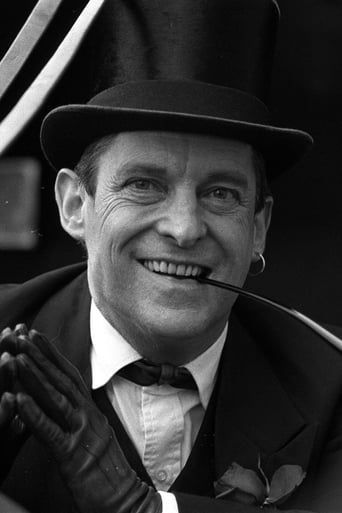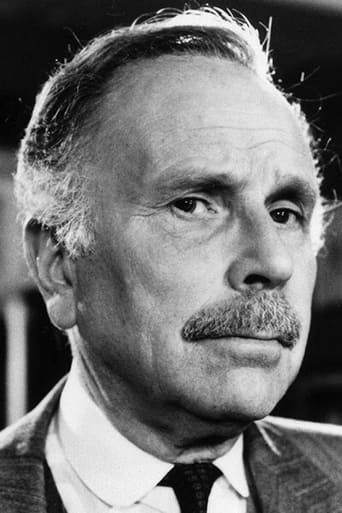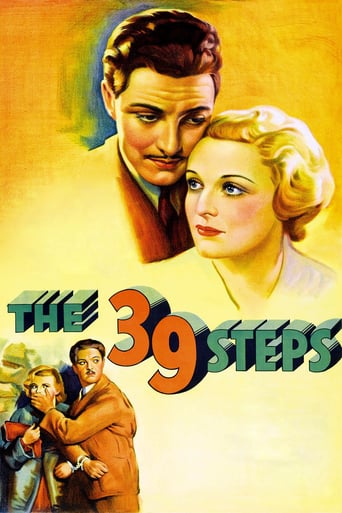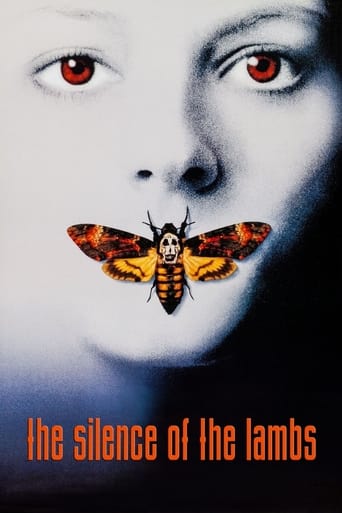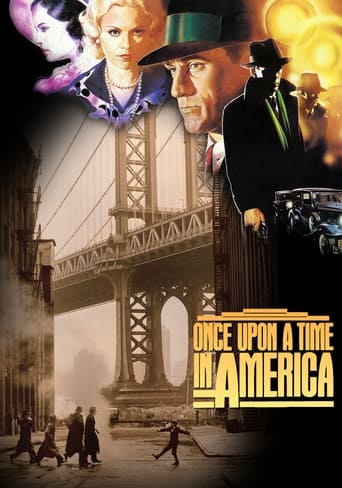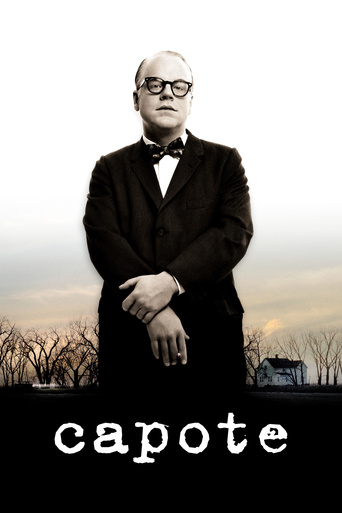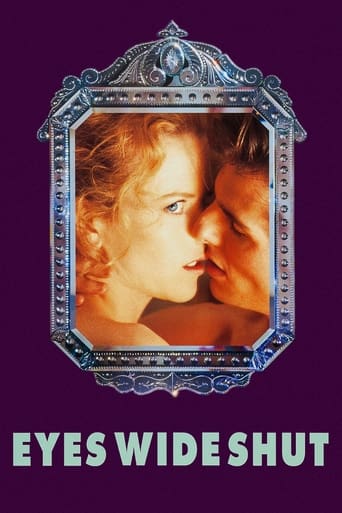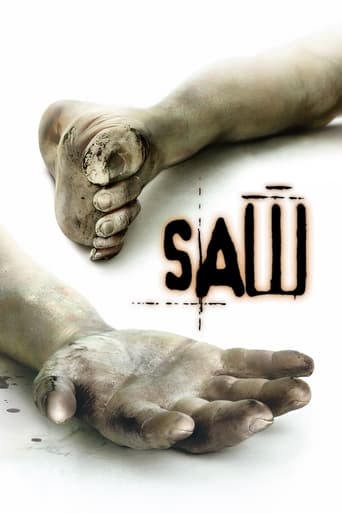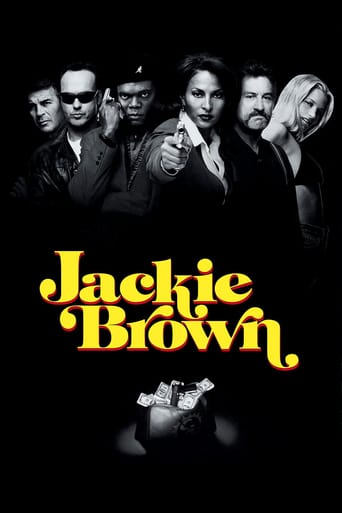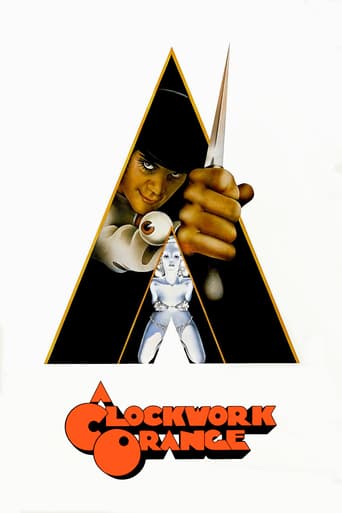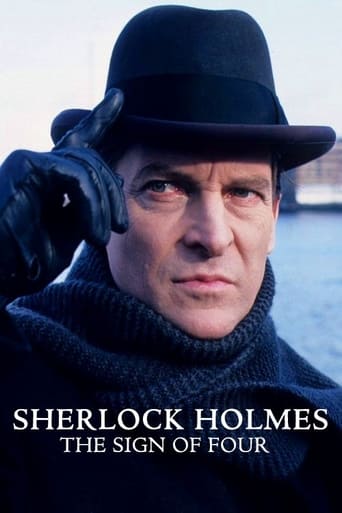

The Sign of Four (1987)
Mary Morstan has received a pearl in the post every year since her father's disappearance. This leads Holmes and Watson to the truth about a secret pact between four convicts during the Indian Rebellion of 1857.
Watch Trailer
Cast


Similar titles
Reviews
This version of "The Sign of Four" is the closest anyone has come to transferring the spirit and letter of Doyle's stories to film. And it stars what might be the best Holmes and Watson to ever appear onscreen, Jeremy Brett and Edward Hardwicke. "The Sign of Four" is a very close adaptation of Conan Doyle's novel, but that would count for nothing if it wasn't stylishly directed, sumptuously produced, and perfectly acted.It was also made at the right time, when the Granada Sherlock Holmes TV series had proven a success and received the go-ahead and financial backing to expand its format. "The Sign of Four" was filmed in 35mm with a lavish (for TV) budget and presents a convincing vision of Holmes's world, from the cluttered Victorian furnishings to a steam launch chase down the Thames. Jeremy Brett was at the peak of his powers, before manic depression and heart failure permanently wrecked his health. His mercurial Holmes lives only for detection--without a case he's twitchy and irritable; on the trail he suave and scintillating. Hardwicke's Watson is grizzled paragon of common sense and decency. The other players (Jenny Seagrove, John Thaw, Ronald Lacey) are a perfectly cast assortment of eccentrics.Director Peter Hammond is over-fond of compositions involving mirrors, but he keeps the eye (and the actors) occupied. At its best the film is a catalogue of quintessential Sherlockiana: London fog, hidden treasure, the Baker Street Irregulars, and Holmes's outlandish disguises, violin playing, and elaborate deductions. The plot is classically Holmesian, involving Imperial misdeeds coming home to haunt their perpetrators. Some have criticized the film for the lengthy flashback near the end, but this is the emotional heart of the film, the why-done-it that comes after the criminal's apprehension and gives a tragic coloring to his crimes. It gives the literal Sign of Four an ethical resonance.Like all of the Granada Holmes productions, "The Sign of Four" has been remastered and released on Blu-Ray. It looks great but whoever handled the color correction eliminated the day-for-night effects so many scenes are brighter then they should be.
Conan-Doyle wrote four novellas that featured Holmes and Watson. The most familiar, and by far the most often filmed, is "The Hound of the Baskervilles," and for good reasons. (1) It's long enough to be a feature film without being padded, (2) Holmes is a fully blown character, and (3) the story isn't just an intellectual challenge or adventure -- it's positively eerie, with hints of the demonic.Of the others -- "A Study in Scarlet" and "The Valley of Fear" -- it can be said of the first that when we're introduced, little by little, to the young Holmes, he's really an oddball and has mental and behavioral habits that never appear elsewhere in the canon, as Watson himself does. For instance, Holmes learns for the first time that the planets revolve around the sun and immediately tries to forget it because he doesn't want his storage capacity challenged. Watson keeps a bull pup, which is never mentioned again."The Valley of Fear", to my knowledge, hasn't ever provided the framework for a popular feature film. It appears late, and Conan-Doyle seemed to be grinding out the stories to make a living. Holmes has no quirks, no affinity for dope, shows no penetrating insight or feats of deduction, and some of his inferences are plain silly. The hero is dull.In "The Sign of Four", Holmes is fully blown, is driven by boredom to use his seven-percent solution, and rips off some apothegms from Edgar Allan Poe's August Dupin. The story is full of delightful characters too, including eccentrics from India and a murderous cannibal dwarf. The Baker Street Irregulars make a prominent appearance. The movie gets it all down, with monster hookahs being used, mounted tiger heads, and a shivery performance by Ronald Lacey as an anxiety neurotic and a frozen, smiling corpse. There's an exciting launch chase on the Thames near the end.The story has what I'd consider a weakness that it shares with "A Study in Scarlet" and "The Valley of Fear." There's a long, involved back story explaining the experiences of the villain that led to his criminal act. It's as if the author was just itching all over to put his most famous creation behind him and get on to more ambitious literary things but the poor guy was stuck with Holmes and Watson.Yet, in the long run, grinding out his detective fiction didn't do either Conan-Doyle or Holmes much good. Towards the end of the canon, in the Memoirs and the Case Book, the stories are becoming benumbed, as are the characters -- with some notable exceptions. I guess it's possible for an author to just plain write himself out.As a feature, this film is quite good. The heavy is played by John Thaw, "Inspector Morse," buried under a lot of make up and accompanied by a native of the Andaman Islands who is given a bad rap by Conan-Doyle. The Andamanese were an outlier of the British empire, flung off the Indian coast and seldom visited except by anthropologists and second-rate colonial officers. The islands were hit by the tsunami of 2004 but were so isolated that nobody knew or cared much about the damage. (The anthropologist's name was A. R. Radcliffe-Brown, if anyone wants to look it up.) I can chew over the villain's experiences in India because the rest of the story is so colorful and intrinsically interesting. It includes one of those "locked room murders" that so fascinate mystery writers.And it goes without saying that, whatever Conan-Doyle might have thought of Holmes and Watson, Jeremy Brett and Edward Hardwicke do justice to the characters.
This is an extremely faithful adaptation of the original Doyle novel, and for purists, it can hardly be objected to (although the novel does start and end with Holmes' drug usage -- but is clearly eliminated in this adaptation, apparently by Jeremy Brett who thoroughly objected to that aspect of Doyle's character). As for the uninitiated, or general viewer, it's a bit of a slog. Brett is snappish and somewhat rude at times, unlike the Holmes of the stories, but otherwise excellent, with a gritty baritone that is quite commanding. Ronald Lacey almost steals the show as the Sholto brothers (and it's sad that he would die only a few years later). The real problem with this film is the slack editing and low key direction. Many scenes provide opportunity for dramatic punch but are handled matter-of-factly, with no help from an equally low-key music score. Also, the series of requisite backstories presented in the novel is too much for the film, getting to a point where we're even given a flashback-within-a-flashback. And to top it off, the climax of the story is yet another backstory flashback. It IS Doyle and it IS faithful, so you can't complain that the filmmakers took liberties and fouled things up... but the weakness of the novel as film material is also exposed. Purists though, should be delighted.
One of Conan Doyle's best Holmes stories is adapted to perfection in this, the first feature length Holmes adventure from Granada Television. Jeremy Brett and Edward Hardwicke are fantastic (as always) and the supporting cast are quite good, not to mention appropriately quirky (especially important in this adventure).The adaptation itself is, as was typical with the Granada series (and at least the first two feature length outings), quite faithful to the original story. It's well crafted and beautifully directed, with all the twists and turns of the Conan Doyle original (one of his most remarkable tales).In short, this version of The Sign of Four manages to outshine all previous adaptations, and hasn't been rivaled since. The 1983 television version with Ian Richardson was certainly passable, but doesn't come close to this. Once again, Granada prove that their Holmes is without equal.


